Author: Techub News
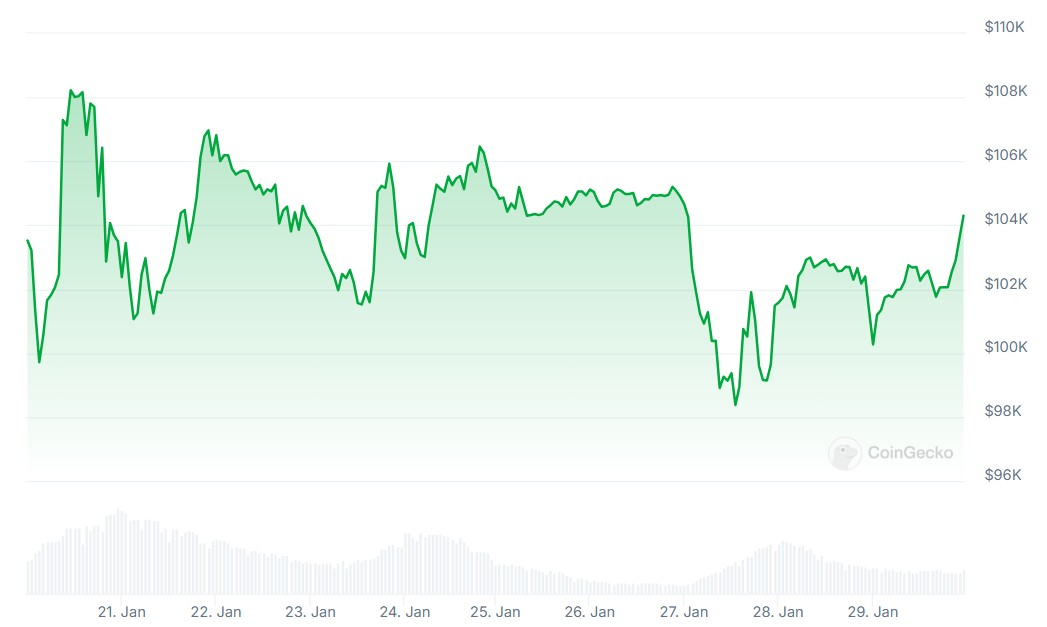
Related Recommendation: Full Timeline of White House's First Crypto Summit Guest Invitations
Although Trump's initial return to the White House ignited optimistic sentiment in the cryptocurrency market, a global trade storm triggered by tariff policies ultimately dragged Bitcoin from its historical high of $109,000 to a deep valley of $78,000. This article reviews this epic market turbulence through key nodes.
Act One: Three Fires of a New Official (January 2025)
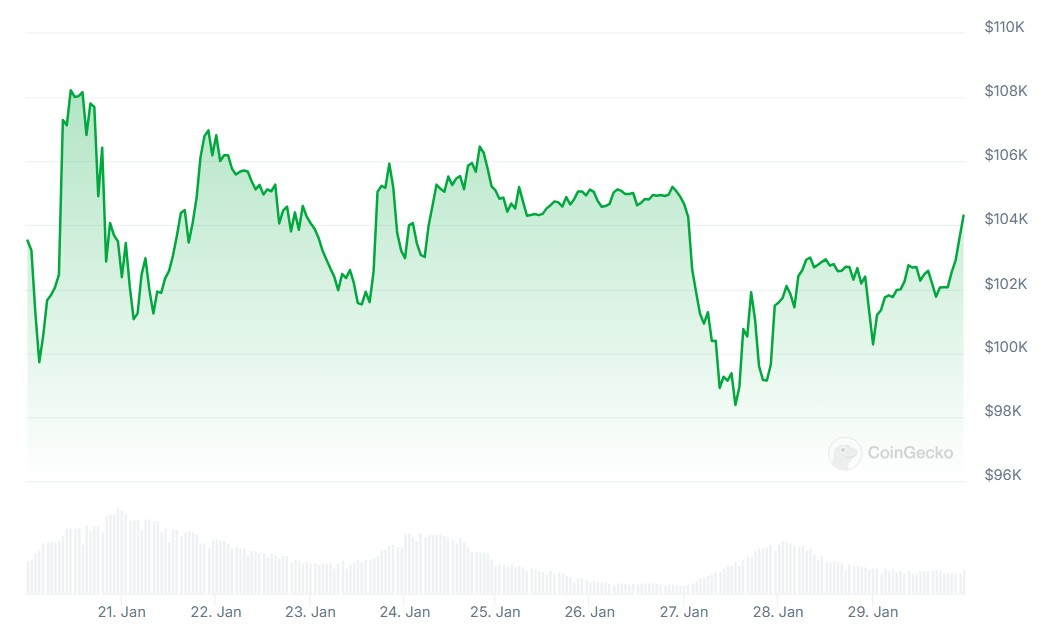
On January 20th, when Trump was sworn in, Bitcoin price remained at a high of $107,000. On January 23rd, President Trump signed an executive order establishing a digital asset working group to explore regulatory reforms for digital assets. However, just six days later, the Colombian immigration dispute sparked the first crisis - Trump threatened to impose a 25% tariff on Colombian exports to the US, causing Bitcoin to break below the psychological threshold of $100,000. Although both sides reached an agreement a week later, pushing the price back up, the sudden rise of Chinese AI giant DeepSeek triggered a tech stock sell-off, and risk-averse sentiment spread to the crypto market.
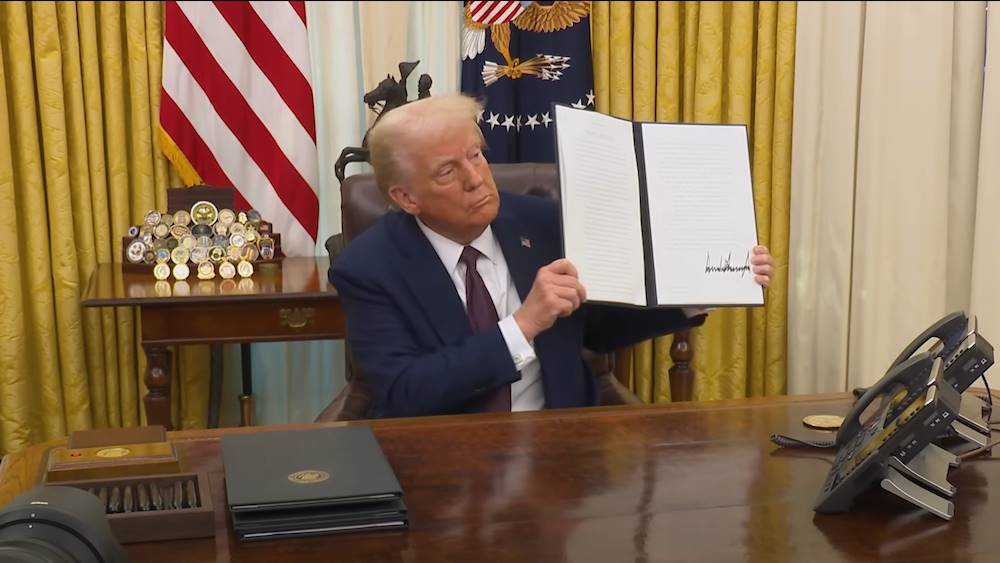
Key Data: Bitcoin's daily amplitude from January 26th to 28th reached 12%, creating the largest fluctuation since May 2024.
February Storm: Tariff Button Activated
On February 1st, Trump signed an executive order announcing a 10% tariff on Chinese goods and a 25% tariff on Canadian and Mexican goods. Under the market's intense reaction, Bitcoin plummeted 9.3% in a single day to $93,000. Although the temporary suspension of tariffs on North American neighbors brought a short-lived rebound, the steel tariff escalation and "reciprocal tariff" plan on February 10th, coupled with Bybit's epic $1.4 billion hacker incident, ultimately caused Bitcoin to fall below $80,000 for the first time since November 2024 under the impact of copper tariff review news on February 25th.
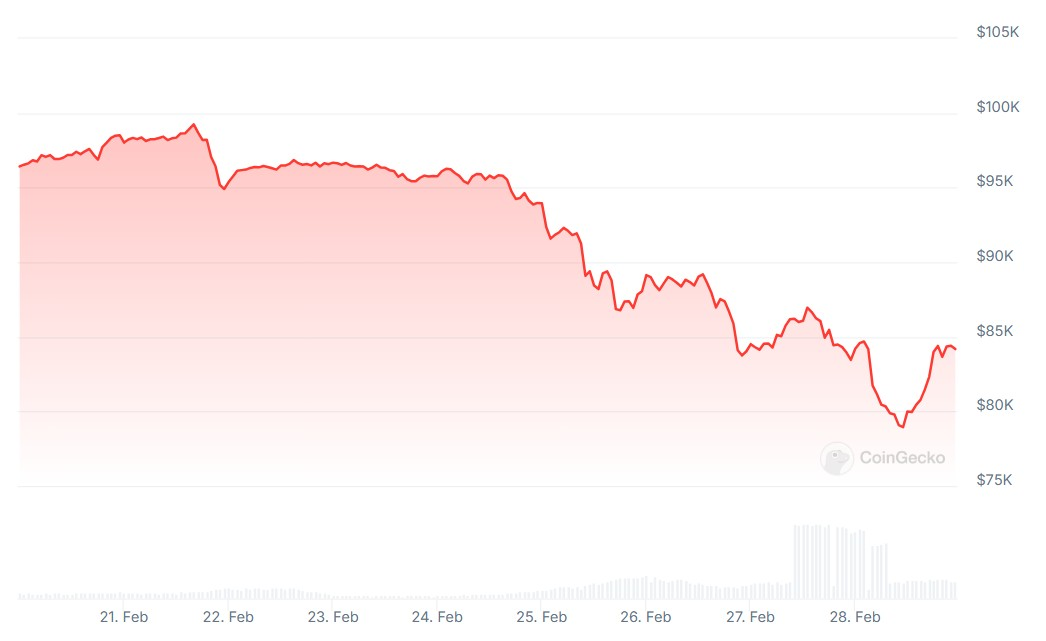
Market Observation: BitMEX data shows a 37% reduction in February futures open interest, indicating a massive withdrawal of leveraged funds from the market.
March Tug of War: Breathing in Policy Swings
March 4th Policy Double-Edged Sword: The White House released conflicting signals by announcing a strategic digital asset reserve plan including XRP to boost confidence, while doubling tariffs on China to 20%. This "carrot and big stick" strategy kept Bitcoin oscillating between $84,000-$90,000. On March 18th, a turning point emerged as Treasury Secretary Bessen first commented on a "differentiated tariff" policy, hinting that tariff escalation could be avoided if trade partners lower barriers. The market interpreted this as the first ray of hope for policy softening, with Bitcoin rebounding 3.1% to break $85,000. March 20th Double Boost from the Federal Reserve: The Fed kept interest rates unchanged, with the dot plot showing at least two rate cuts this year. Immediately after the announcement:
Bitcoin jumped $800 in 1 minute
CME Bitcoin futures open interest surged by $1.1 billion
Stablecoin total market value expanded 4.3% in a single day (Tether CTO confirmed issuing an additional $1.8 billion USDT)
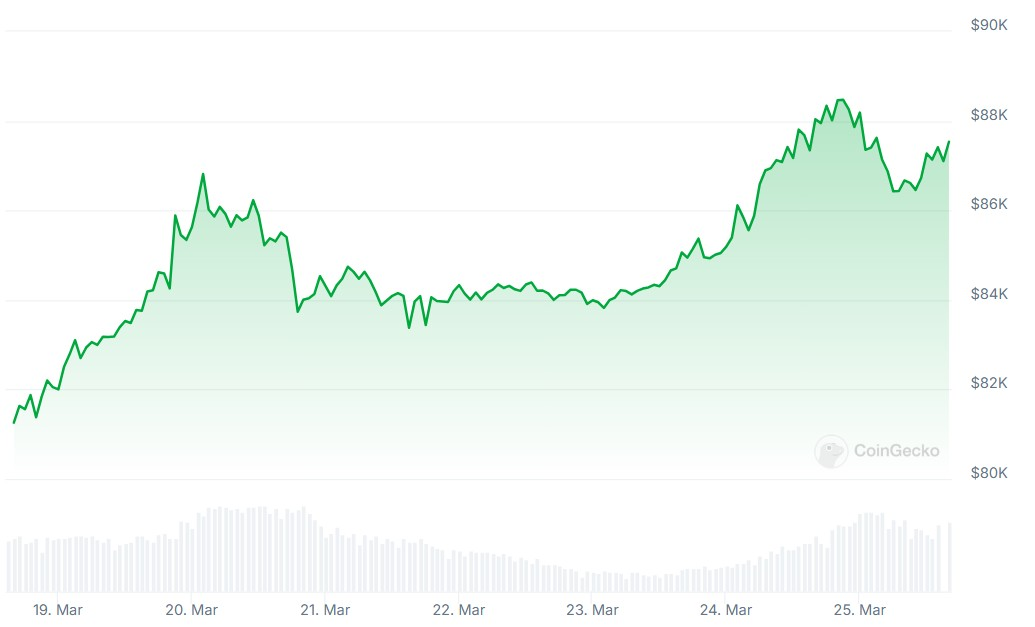
March 24th Policy Resonance Effect: Stimulated by the expectation of relaxed tariff policies and liquidity easing, Bitcoin rebounded 8.7% in a single week, approaching $89,000. On-chain data shows that whale addresses (holding over 1,000 BTC) accumulated 213,000 Bitcoins during this period, the largest single-week accumulation since the fourth quarter of 2024.
April Time Bomb: Market Anxiety Before the Day of Liberation
Despite the warming trend in late March, the "reciprocal tariff" effective date on April 2nd hangs like the Sword of Damocles. Bitget Research Institute's simulation shows:
If tariffs are fully implemented, it may cause a $2.3 trillion contraction in global trade volume
Bitcoin's correlation with traditional assets rises to a historical peak of 0.78
Supply chain interruption may increase mining machine production costs by 18%
Institutional Strategy: Liquifi detected that stablecoin net inflows reached $4.7 billion in the last two weeks of March, indicating funds are "loading bullets" waiting to choose a direction.
Market Revelation: Cryptocurrency's Coming of Age
This crisis reveals the deep transformation of the cryptocurrency market:
Increased policy sensitivity: BTC's three-month correlation with the S&P 500 breaks through 0.7
Divergence in safe-haven attributes: Gold rose 23% vs. Bitcoin's 28% decline
End of regulatory arbitrage: The US Treasury has frozen $1.2 billion in on-chain assets suspected of tariff avoidance
As the Amber Group analyst said: "When a presidential tweet can instantly wipe out $30 billion in market value, this market can no longer pretend to be above the law." This baptism may be the required course for cryptocurrencies to integrate into the mainstream financial system.








